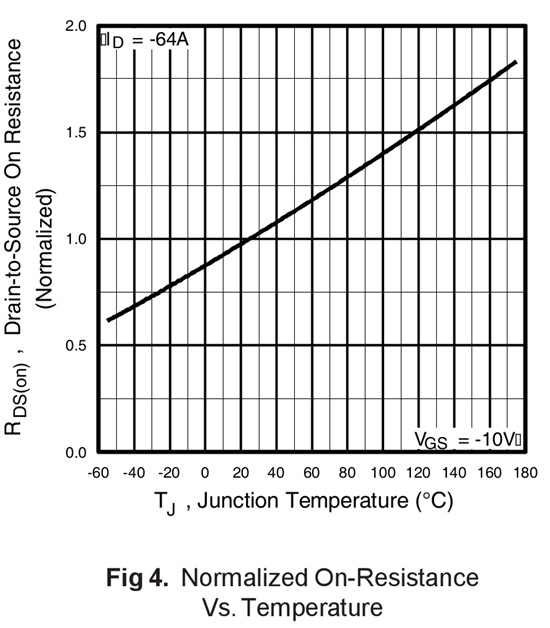Hi guys,
I'm working on the design of a circuit to measure the current consumption of MSP430. Based on the specification of INA21x shunt monitors, these amplify accurately sense voltage of down to 10 mV. But according to TINA simulation results, INA21x suck with low currents, due to high input bias currents (I think) but this is not mentioned in the data sheet as far as I know.
I attached my circuit for your review. Unfortunately the TINA .tsc simulation file could not be accepted. The circuit has to cover the wide current range from 1uA to 100mA. I though to use the 1k resistor for currents lower than 50uA, then 1000ohm//20ohm for currents between 50uA and 2,5mA... and for higher currents I thout to measure Vsense directly with the ADC. I set V+ of the INA to 2,5V because the ref voltage of my ADC is 2,5 V
The resistor R6 and the source VG1 are ther just to siumlate the dynamic behavior of the processor.
Could you please help me answer to this questions:
1) why does the INA not work for low currents?
2) what do you think about my circuit, what can I improve in it to get accurate results?
Thnx


